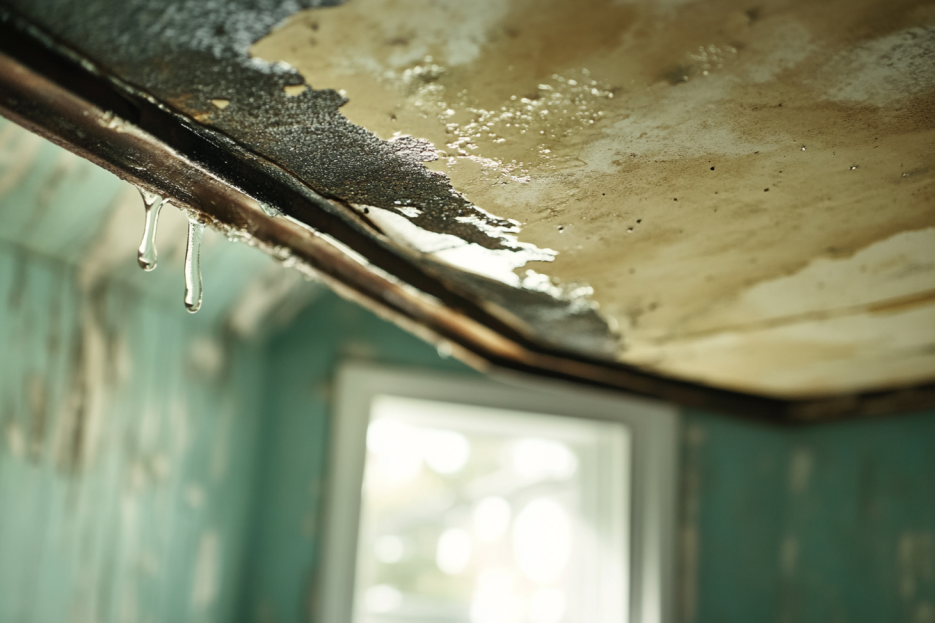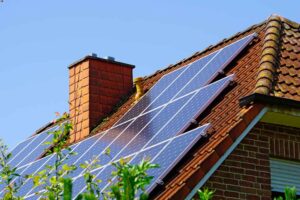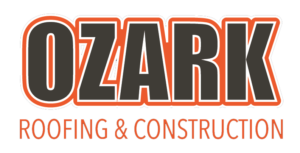A leaky roof can turn into a homeowner’s nightmare. A leak in itself doesn’t seem that bad, but it’s the aftermath that gets costly. Sometimes, the signs of a leak aren’t always obvious. At Ozark Roofing & Construction, we’re here to help you spot the subtle clues that your roof might be compromised.
We believe in providing homeowners with knowledge so they can take the necessary steps to protect their investment, which is why we put together this guide.
Ten Signs You Might Have a Leaky Roof:
- Water Stains: This is often the most telltale sign. Look for discoloration or water stains on your ceilings or walls. These stains are often brown, yellow, or even gray, depending on the source of the water and the materials it has come into contact with. Pay close attention to areas around chimneys, vents, and skylights, as these are common leak locations. If you notice any new stains or discoloration, it’s crucial to investigate further.
- Dripping Water: If you see water dripping from your ceiling or walls, especially during or after rainfall, it clearly indicates a leak. Don’t ignore even a small drip, as it could be a sign of a larger problem. Try to pinpoint the source of the drip and check the attic or crawlspace above for signs of water damage.
- Dampness or Musty Odors: A damp or musty smell in your attic or certain rooms is often a sign of trapped moisture caused by a leak. This is especially true in areas that are poorly ventilated. If you notice a persistent musty odor, then it’s essential to investigate further to rule out a roof leak.
- Visible Damage to Roofing Materials: Missing, cracked, or curled shingles are a red flag. Inspect your roof for any signs of wear and tear, such as blistering, granule loss, or moss growth. These can all indicate that your roof is nearing the end of its lifespan and may be more susceptible to leaks.
- Sagging Ceiling or Walls: A sagging ceiling or bulging walls can indicate water damage and a potential roof leak. This is a serious sign that should not be ignored, as it could indicate structural damage. Contact a professional roofing contractor immediately if you notice any sagging or bulging.

- Increased Energy Bills: A leaky roof can compromise your home’s insulation, leading to higher energy bills. If you’ve noticed a sudden spike in your energy costs, and you’ve ruled out other factors, it’s worth investigating whether a roof leak is contributing to the problem.
- Granules in Gutters: If you notice an accumulation of shingle granules in your gutters, it could be a sign that your roof is nearing the end of its lifespan and may be more susceptible to leaks. While some granule loss is normal, excessive shedding can be a cause for concern.
- Stains or Mold on Exterior Walls: Water leaking from your roof can run down the exterior walls, causing stains or mold growth. Inspect your exterior walls for any signs of discoloration or mold, especially in areas below the roofline.
- Damaged Flashing: Flashing is the material used to seal the joints around chimneys, vents, and other roof penetrations. Damaged or deteriorated flashing can be a major source of leaks. Inspect the flashing around these areas for any signs of cracks, rust, or gaps.
- Attic Condensation: While some condensation in the attic is normal, excessive condensation can be a sign of poor ventilation or a roof leak. Check your attic for signs of excessive moisture, such as water droplets on the underside of the roof deck or insulation.
Don’t Wait for Disaster to Strike:
If you notice any of these signs, don’t delay! Contact Ozark Roofing & Construction for a professional roof inspection. Our experienced team will identify the source of the leak and provide you with the best solutions to protect your home.
Call us at 727-966-2319 or schedule your free inspection online.






